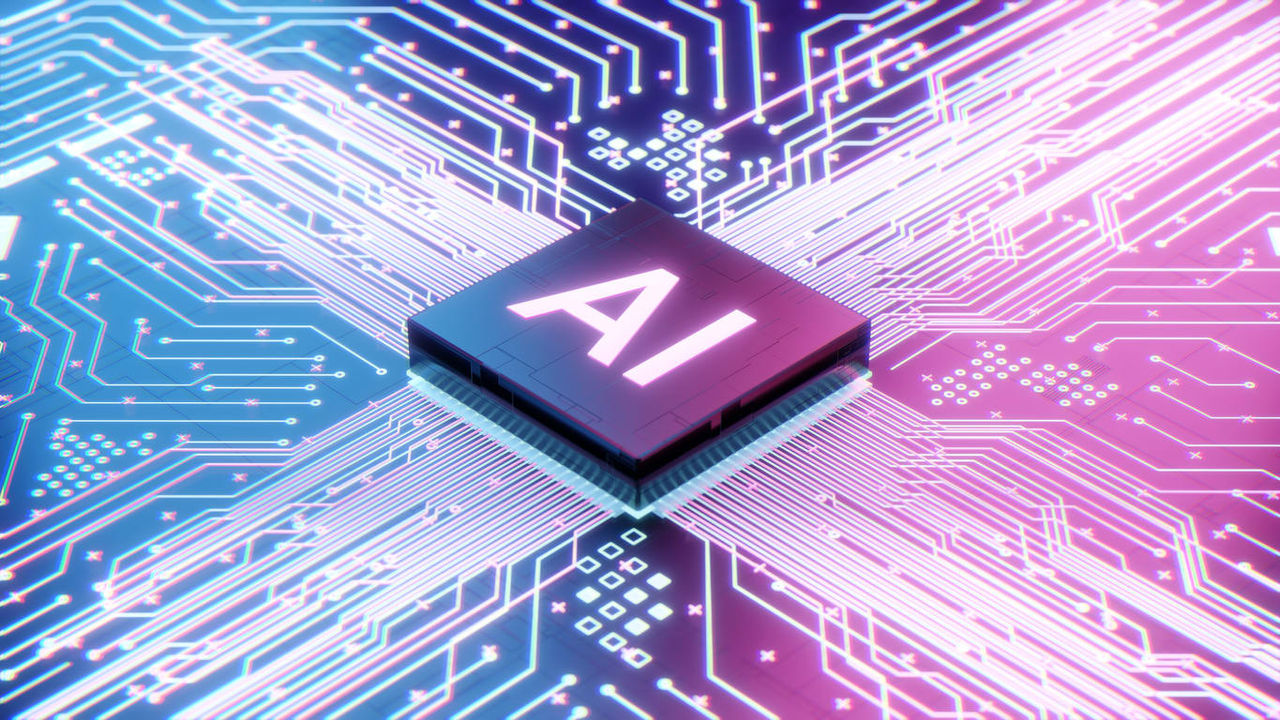The world of work has never been more complex or more promising. Amidst evolving expectations, global talent shifts, and the demand for personalized employee experiences, HR technology is no longer optional; it's foundational. What began as digital support for administrative tasks has transformed into a critical ecosystem powering strategy, culture, and workforce innovation. For HR leaders, embracing technology is not simply about keeping pace but about creating space—space to listen better, move faster, and lead smarter. But to harness its full value, it's essential to understand what HR tech truly offers and how to implement it meaningfully.
Benefits of HR Technology
When deployed with intent, HR tech isn’t just another layer of tools but a lens that brings clarity, agility, and insight into every layer of the employee journey and employee experience. It equips HR to act proactively rather than reactively, aligning people's priorities with business objectives. The key benefits of HR tech are as follows:
Efficiency in Core Functions: Automating transactional processes like payroll, attendance, and onboarding saves time and reduces operational friction, allowing HR teams to focus on high-impact initiatives.
Data-Driven Decision-Making: Predictive analytics and real-time dashboards help determine hiring, performance, and engagement patterns. This empowers HR leaders to anticipate needs, prepare effective strategies, and eliminate ineffective systems.
Enhanced Employee Experience: Digital self-service platforms enable employees to manage their own HR tasks, access learning tools, and track career growth, leading to increased autonomy and satisfaction and reduced burden on the HR department.
Improved Compliance and Risk Mitigation: Systems with built-in regulatory frameworks support adherence to employment laws and reduce the risks associated with manual tracking or outdated documentation.
Scalability and Adaptability: Cloud-based HR solutions scale effortlessly and are easier to migrate as organizations grow or shift structures, which is particularly important in hybrid or distributed work models.
Talent Management and Retention: AI-powered recruitment tools identify better-fit candidates faster, while performance and engagement platforms help retain top talent through continuous feedback and recognition systems.
Implementation & Best Practices
Implementing HR tech isn’t about switching on a solution but about embedding new ways of thinking and working. Technology should never be a distraction; it should be an enabler. Clarity, collaboration, and culture alignment are critical for a rollout to be successful. Here are key practices to ensure meaningful integration:
Start with Purpose, Not Product: Define the problem before choosing the solution. What gap are you filling? Is the tech for better engagement or faster hiring? Define the business needs and select tools that align with them.
Involve Stakeholders Early: Engage not just HR, but also IT, leadership, and end-users in the selection and planning process. A solution that’s chosen in isolation is likely to be implemented in isolation and hence fail.
Prioritize User Experience: Choose platforms with intuitive interfaces and mobile accessibility. Technology adoption hinges on ease of use, and the more natural it feels, the more likely it is to stick.
Focus on Integration over Isolation: An efficient HR tech ecosystem is one where tools speak to each other—recruitment flows into onboarding, which flows into performance tracking. Siloed systems cause friction, while integrated systems lead to better collaboration.
Train Beyond Features: Don’t stop at product demos and guides. Build capability by training users on workflows and decision-making, and educating them on how tech enhances their judgment rather than replacing it.
Measure What Matters: Define success metrics early. Whether it's reduced hiring time, improved engagement scores, or faster compliance audits, tracking impact ensures your investment delivers.
Stay Curious and Iterative: Technology evolves fast. Set regular checkpoints to assess usage, explore new features, and recalibrate where needed. Implementation isn’t a one-time project—it’s a living process.
Lead with Change Management: Resistance isn’t just about technology—it’s about every kind of change, and it sometimes feels like a breach of trust. Communicate the 'why' clearly, support emotional transitions, and position the change as a shared step forward, not a top-down mandate.
Conclusion
HR technology is not a silver bullet but a powerful compass. It enables smarter decisions, builds resilience into workforce strategies, and shapes humane and high-performing cultures. Yet its potential is only realized when it's guided by intention, empathy, and continuous learning.
The organizations that thrive in the coming decade won’t be those with the most tools, but those who use them to ask better questions, listen more deeply, and act purposefully. In this transformation, HR isn’t just adopting tech—it’s rewriting its role, and that shift begins with knowing what to build, how to build it, and, most importantly, why it matters.
To learn more about HR tech and its impact, don't miss out on the biggest HR tech conference.




